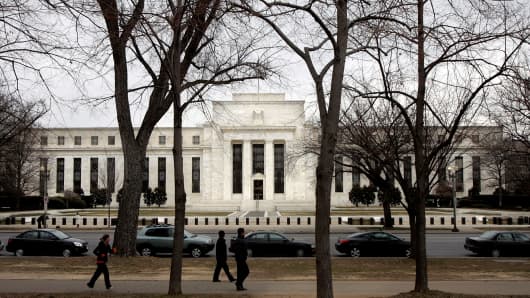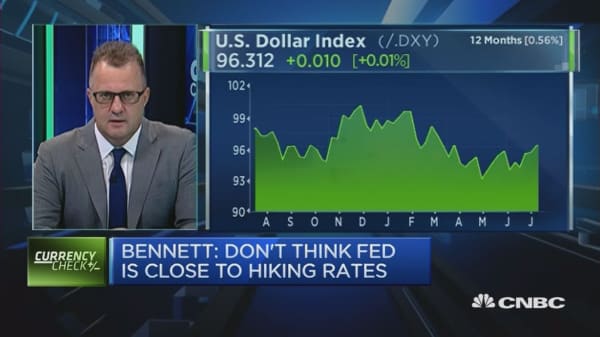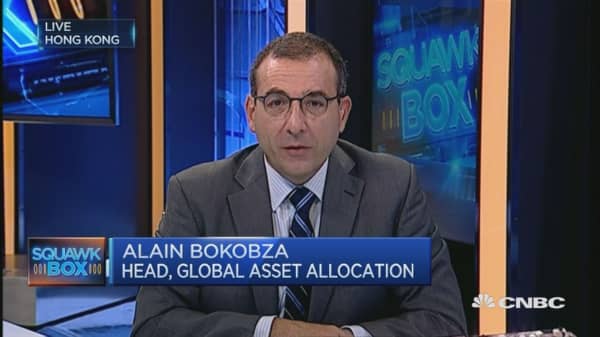If you accept the propositions (a) that the Fed's policy should be data-driven in accordance with its mandate and (b) that the monetary policy operates with long and variable lags, you should have no problem accepting the conclusion that a major adjustment of the Fed's credit stance is long overdue.
The most recent data on America's economic growth, labor market conditions and inflation developments make it very difficult to understand why the Fed keeps postponing the process of a gradual and orderly normalization of its bloated monetary base (M0) and its implausibly low federal funds rate - the only interest rate it directly controls.
To explain that, here is a quick review of the variables that should drive the Fed's policy.
The latest number for first-quarter GDP growth is more than double its initial estimate. It is showing an annualized quarter-on-quarter pace of 1.1 percent and a 2.1 percent increase from the year earlier.
Most people, me included, consider that this growth rate is too low. But the problem is that even that low growth rate of 2.1 percent exceeds America's potential and noninflationary growth rate (i.e., a growth rate given by productivity and the available labor and (physical) capital resources) of 1.6 percent for the fifth consecutive year.
Not by Fed alone
Should we blame the Fed for that? I can visualize a sea of hands stuck out in emphatic approval. But that would not only be grossly unfair to our money managers – it would also be dead wrong.
Why? Because the volume and the efficiency of labor and capital stocks are essentially structural problems that must be addressed by structural policies.






